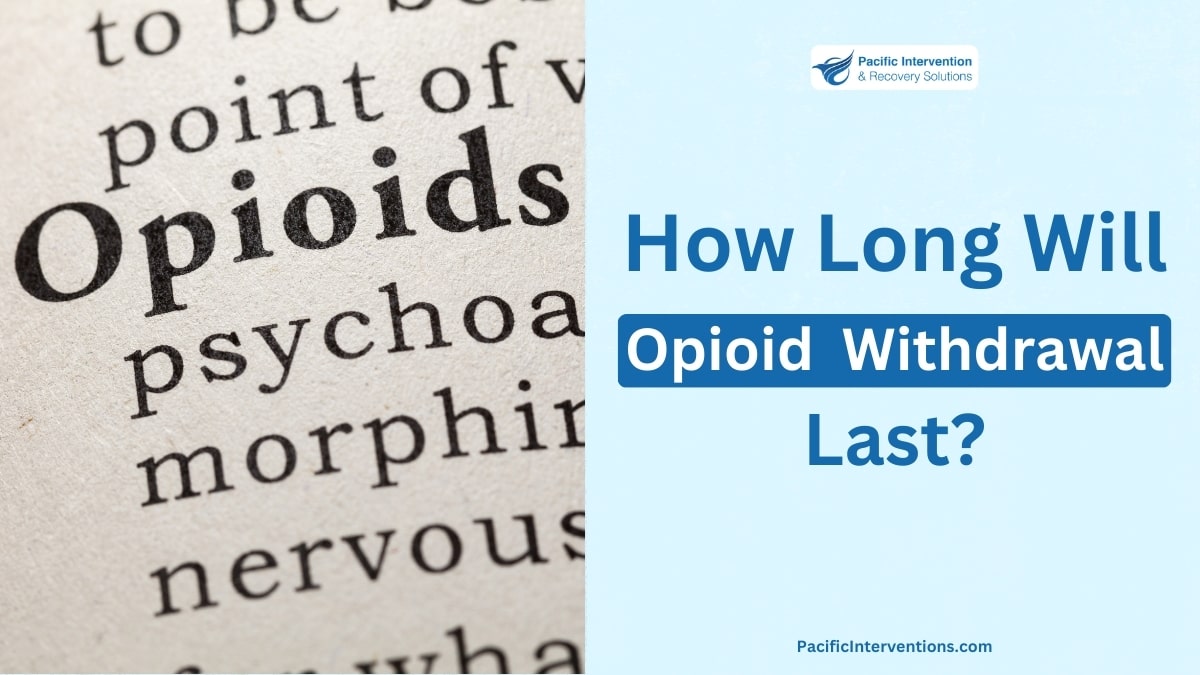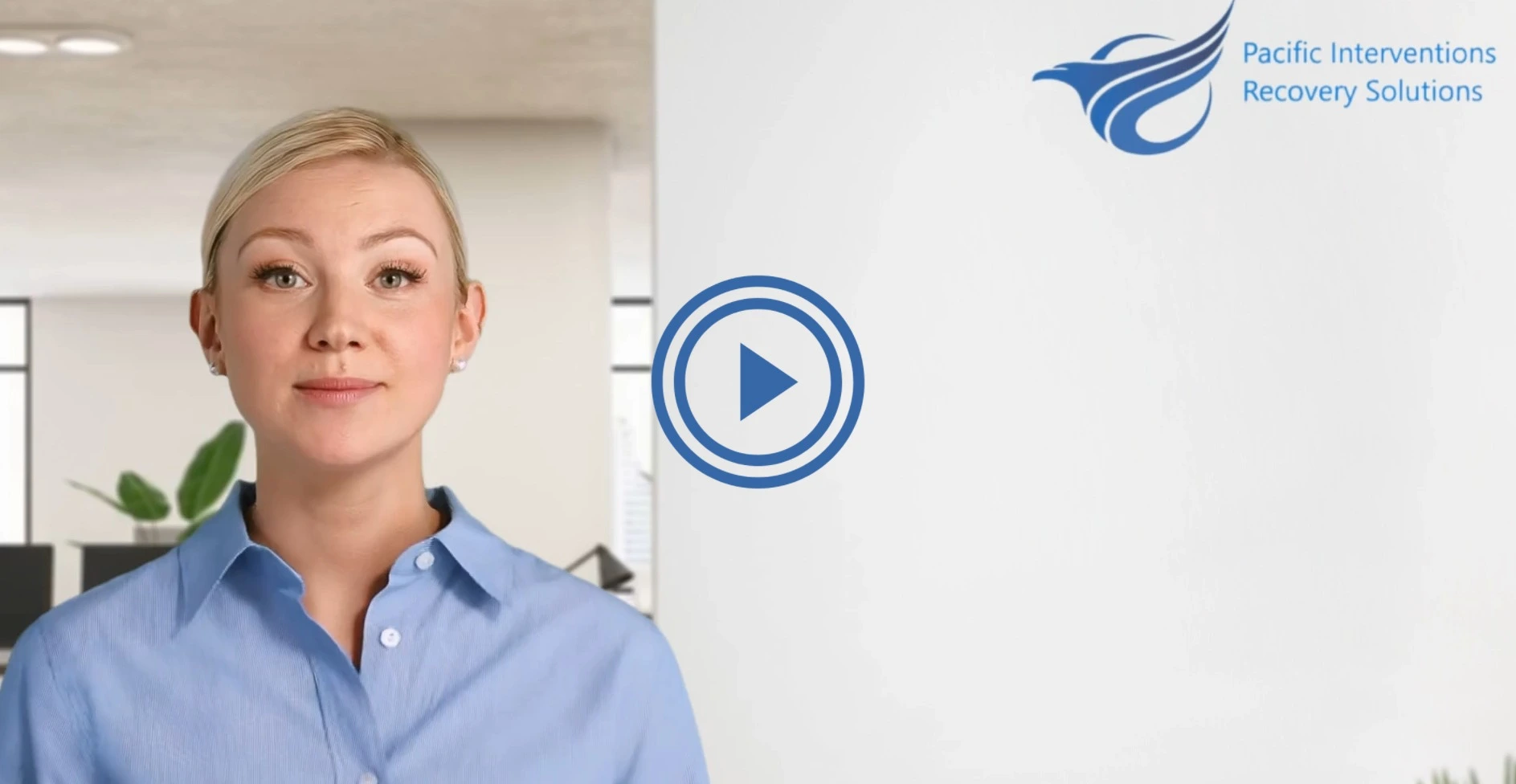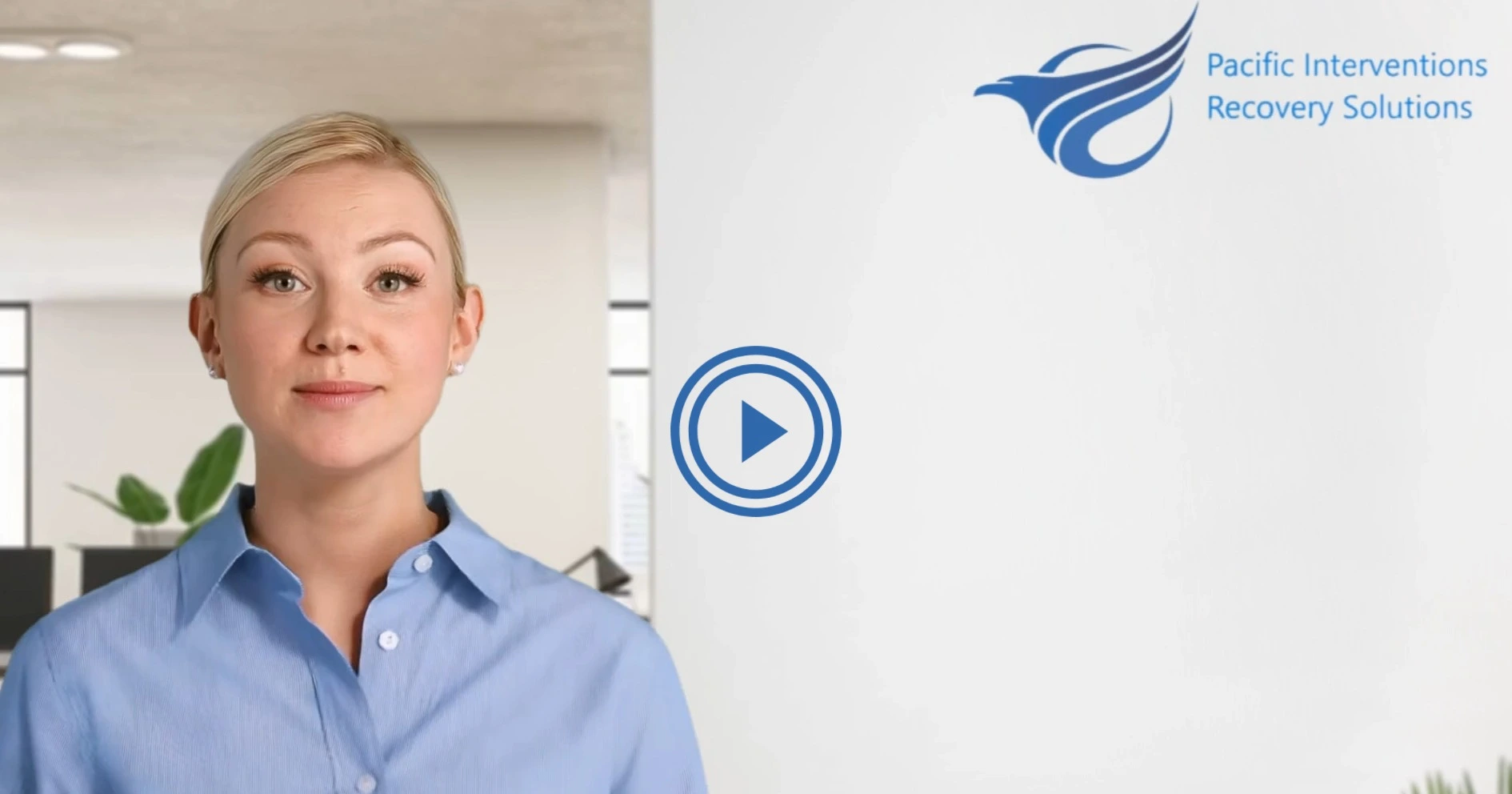Opioid addiction can get devastating, and one of the important obstacles that may keep you from quitting is the fear of opioid withdrawal. Understanding what to expect during opioid withdrawal can assist you in moving forward toward recovery.
To increase the chances of success, it is helpful to take into account both the physical and emotional discomfort that may occur during withdrawal.
The phases of opioid withdrawal, their associated symptoms, and how long they last will all be covered in the sections that follow. With this knowledge, you can begin your opioid detoxification journey more confidently and make a successful recovery.
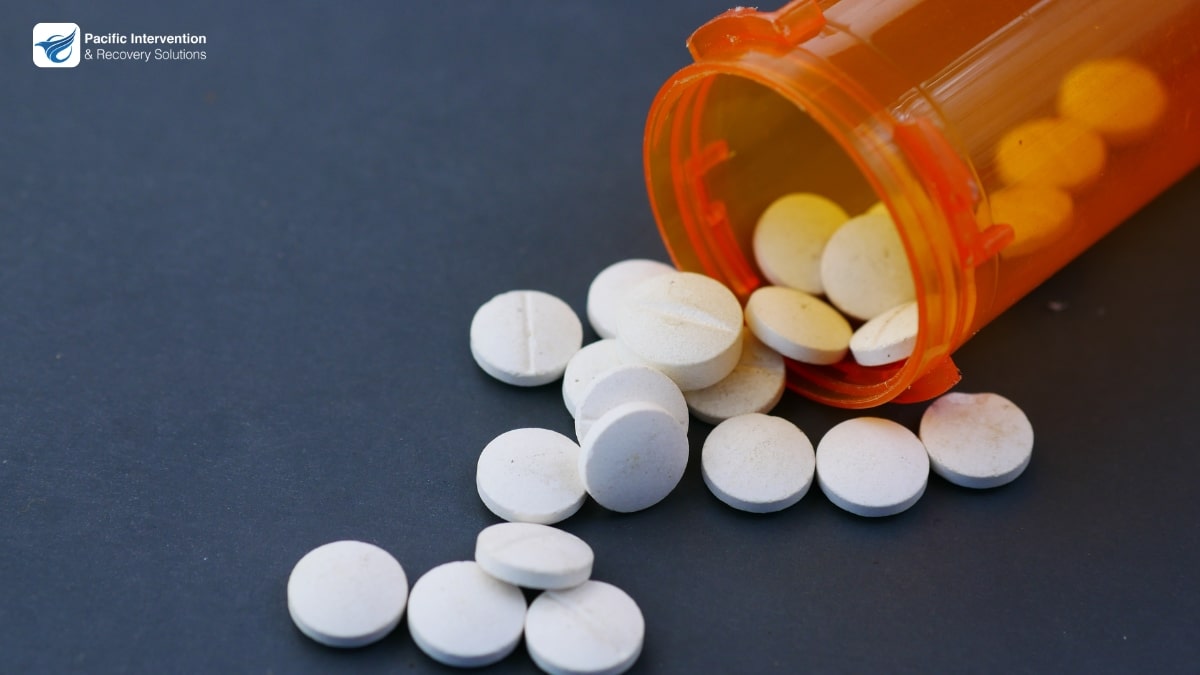
What is Opioid Withdrawal?
If you wonder what opioid withdrawal is, here is the story. The opioid addiction pattern is similar to that of other drug addictions. Chronic opioid use causes the brain to get accustomed to its presence, creating a specific balance of chemicals. What happens when you stop using the substance? The brain’s chemical equilibrium gets disrupted, causing the body to struggle as it readjusts to the new condition.
Opioid withdrawal symptoms are the unpleasant side effects of this adjustment process. They signify the body’s complaint about the lack of opioids.
Common symptoms during this period appear as aches in muscles, anxiety, difficulty sleeping, sweating, vomiting, nausea, high blood pressure, fast heartbeat, and more.

Factors Affecting Withdrawal Severity
The severity and duration of withdrawal symptoms depend on several factors, including:
The Type of Opioid: Opioids come in two types: short-acting and long-acting. As the names suggest, either follows a different withdrawal timeline.
- With short-acting opioids, symptoms usually start within 12-24 hours after the last use, peak in 2-4 days, and finally go away in 5-10 days.
- During Withdrawal from long-acting opioids, symptoms start within a day or two, peak in 3-8 days, and then continue for weeks until they gradually disappear.
Length of Opioid Use: How long you have been using opioids directly affects the level of physical dependence in your body, meaning that the body becomes increasingly dependent on opioids the longer you use them. Then, more difficult withdrawal symptoms arise if the substance is no longer available.
Intensity of Opioid Use: The dosage and frequency of opioid use are major factors in determining the severity of withdrawal symptoms. Individuals who consume opioids at high doses or with greater frequency will typically experience more intense withdrawal symptoms.
Individual Factors: The withdrawal period can also be influenced by other general factors, such as age, genetics, and overall health.
For instance, younger individuals typically experience milder side effects than older adults. As another example, those with mental health conditions, such as depression, may face an increase in those symptoms during withdrawal.
We’ll go over the timeline of opioid withdrawal symptoms in the next part so you know what to anticipate at each point.
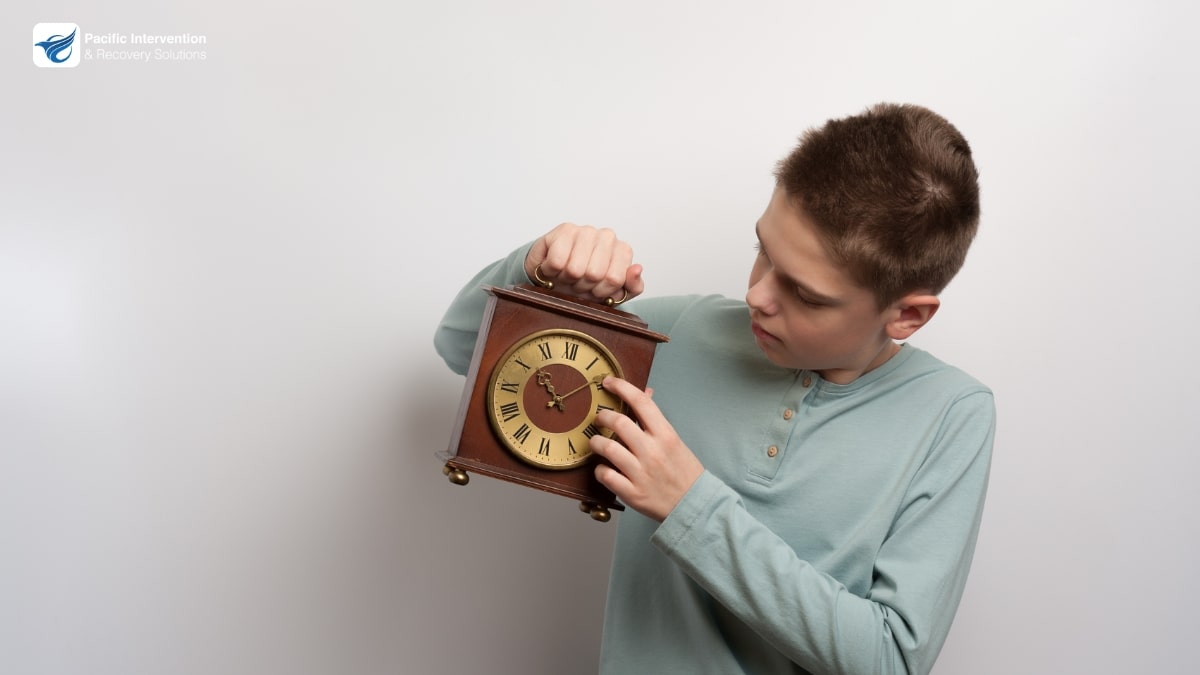
How Long Does Opioid Withdrawal Take?
Opioid withdrawal symptoms vary throughout the process, depending on how much time has passed since the beginning. The procedure is divided into three stages: the initial stage, the peak stage, and the final stage.
Each stage exhibits different intensities and durations of symptoms. Since the type of opioid hugely impacts the severity and length of withdrawal, we have taken this into account in the timeline below.
Early Stage
The first signs of opioid withdrawal appear within 12-48 hours after the last consumption. The detailed timeline differs depending on the type of opioid, as below:
Short-acting opioids (heroin, oxycodone)
12-24 hours after the last use, you will feel body reactions such as anxiety and restlessness along with muscle pains.
It may become hard for you to sleep. You will constantly feel tired and yawn. Nausea, vomiting, runny nose, diarrhea, and sweating may also occur.
Long-acting opioids (methadone)
With this type of opioid, it may take 1-2 days for symptoms to appear.
You are expected to experience the same body reactions as in short-acting opioid withdrawal, but their intensity and duration can differ.
After all, what is the most challenging aspect of withdrawal in this stage? We would say to resist cravings for opioids. This is why being in treatment or rehab can make all the difference.
Peak Stage
This is the most intense withdrawal period. During this time, the physical symptoms experienced in the early stage will persist or even worsen. In this stage, some additional symptoms may also emerge. Here’s a detailed explanation based on the type of opioid:
Short-acting opioids
With this type of opioid, the body’s reactions peak within 2-4 days and eventually ease in a week.
During this stage, the level of anxiety, restlessness, and muscle aches can greatly intensify. Stomach cramps may add to the discomfort. Shivers and fever may make you feel both hot and cold simultaneously. Your pupils might become dilated, and you may find it hard to focus.
Long-acting opioids
With long-acting opioids, symptoms may aggravate in 3-8 days and continue for several weeks. The peak intensity might be lower than that of short-acting opioids, but due to the longer-acting nature of this opioid, this stage is going to take a few days longer.
During this stage, you will still have to test your determination by fighting back intense cravings for opioids. Also, you may feel weakened by anxiety, depression, and hopelessness. Do your best to manage them, but also know help is available, so reach out for treatment support at this stage or any stage.
Late Stage
In this stage, fortunately, symptoms get milder as the body finally adjusts to the absence of opioids. This is when a sensation of relief begins to set in.
Here’s how things will proceed based on the type of opioid:
Short-acting opioids:
In 5-10 days, the physical pain and discomfort will gradually go away. However, you may face fatigue and insomnia for a while, but go ahead! The intensity of the reactions you have been suffering decreases significantly compared to what you went through in the peak stage.
Long-acting opioids:
Body reactions may persist for weeks, but as anticipated, their intensity gradually diminishes. However, feeling tired and having trouble sleeping could take longer to subside.
At the final stage, cravings for opioids can still exist, but they will become less powerful and easier to manage.
This is not an exact timeline that matches everybody’s withdrawal experience. The withdrawal experience may differ from one person to another due to many factors. Some people find full recovery quickly, while others have to deal with more severe symptoms for longer.
It’s undoubtedly challenging, but remember that it will not be permanent. Stay strong, and brighter days are ahead.
To ensure success
If you experience severe symptoms, suicidal thoughts, health conditions, or relapse risk, see a doctor. Additionally, don’t forget to stay hydrated, exercise, eat healthily, practice relaxation techniques, and take prescribed medications if necessary. Addiction treatment centers and healthcare providers can offer comprehensive support, including medical detox and therapy, to help you navigate withdrawal and establish a sustainable path toward a healthier life.

